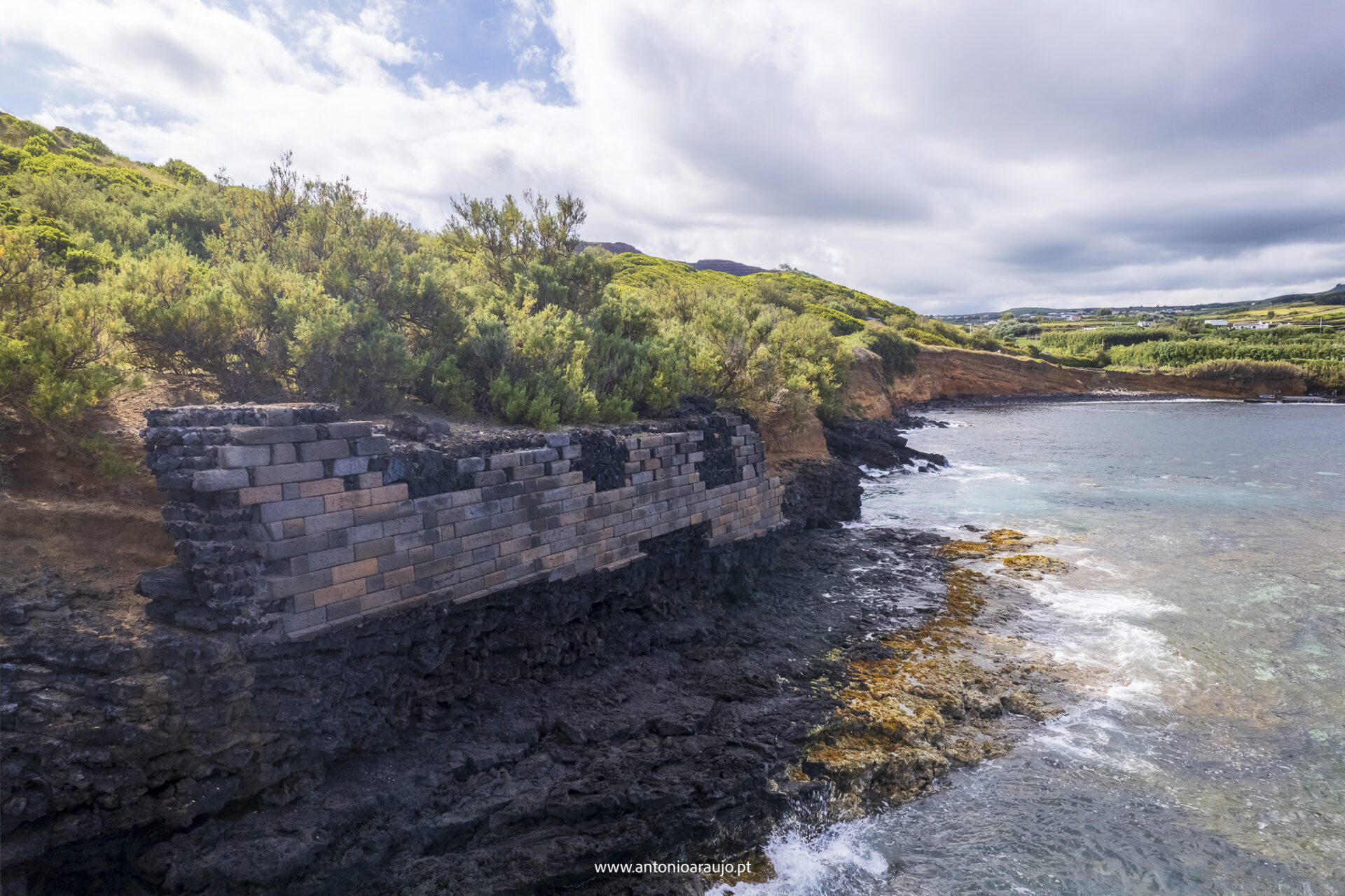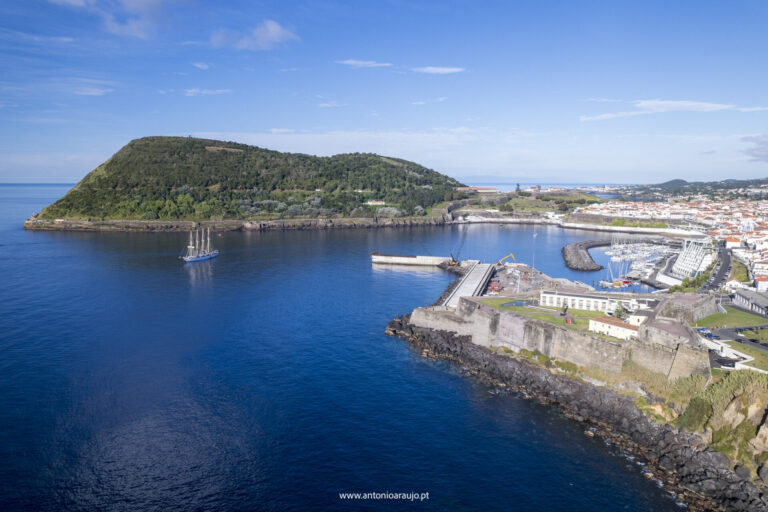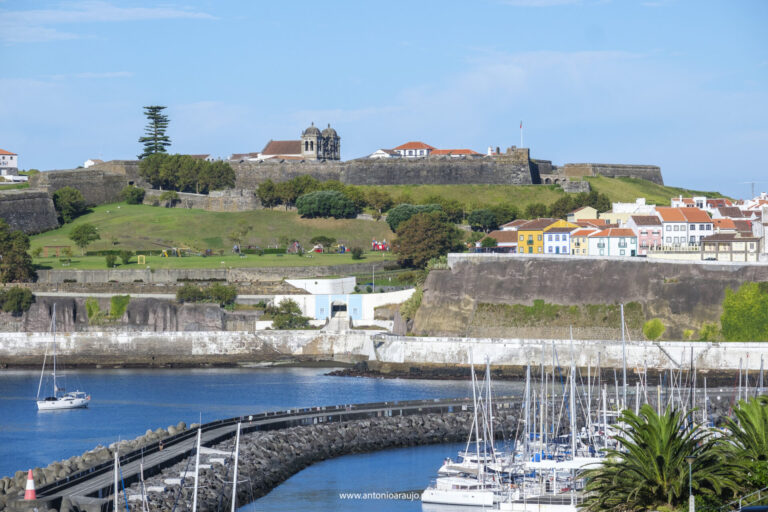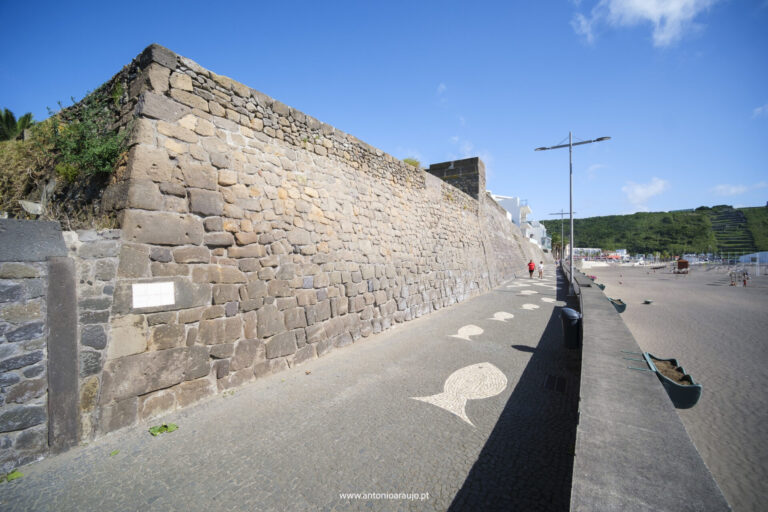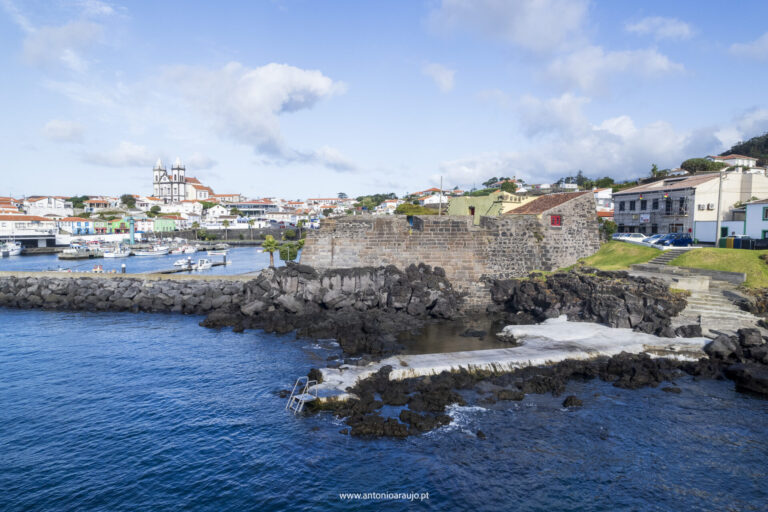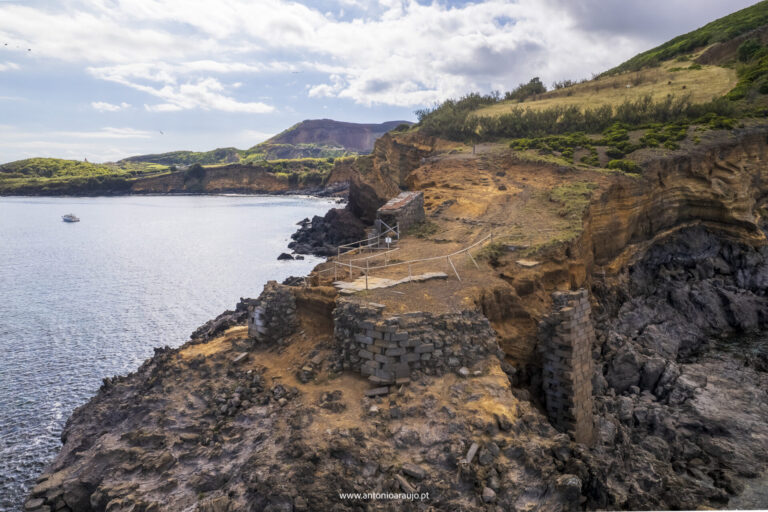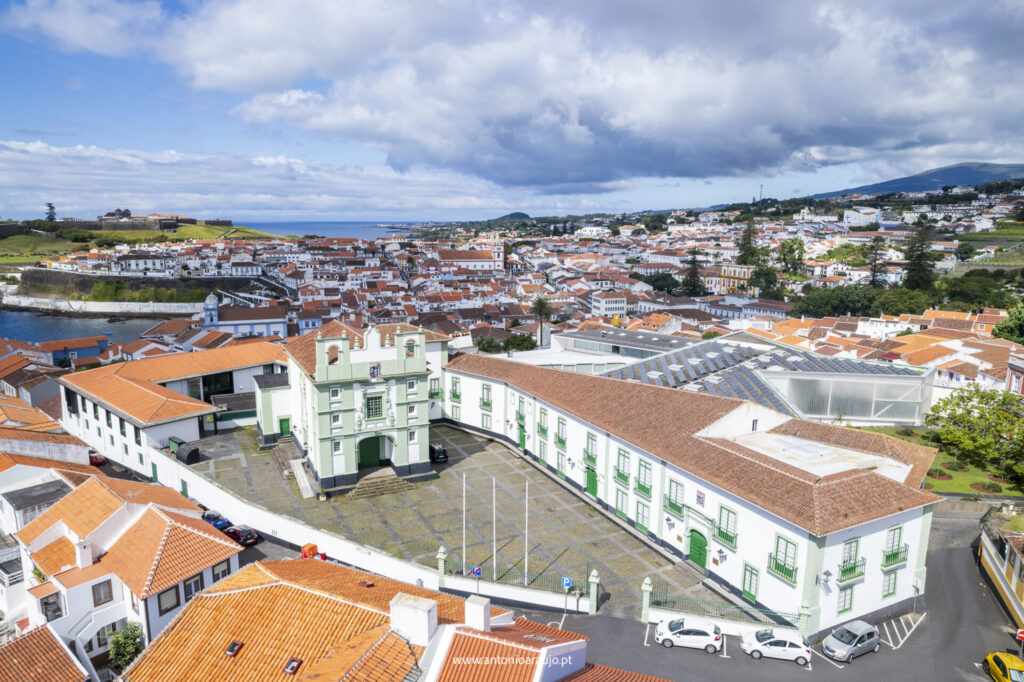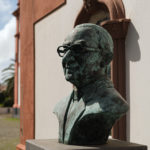In the last quarter of the 16th century, the city of Angra became the most important port of call in the Atlantic on the return journey, and a target for pirates and privateers.
In addition to the growing movement of ships and goods, the circulation of people, particularly skilled artisans, intensified both the construction activity of fortified and defensive structures and interventions in the arrangement of many temples.
In this burgeoning city lay the gold from the mines, the silver from America, the spices from India, and the porcelain from China, and the urban area was built with wide and regular streets, making it the first city with a Renaissance layout in the Atlantic.
